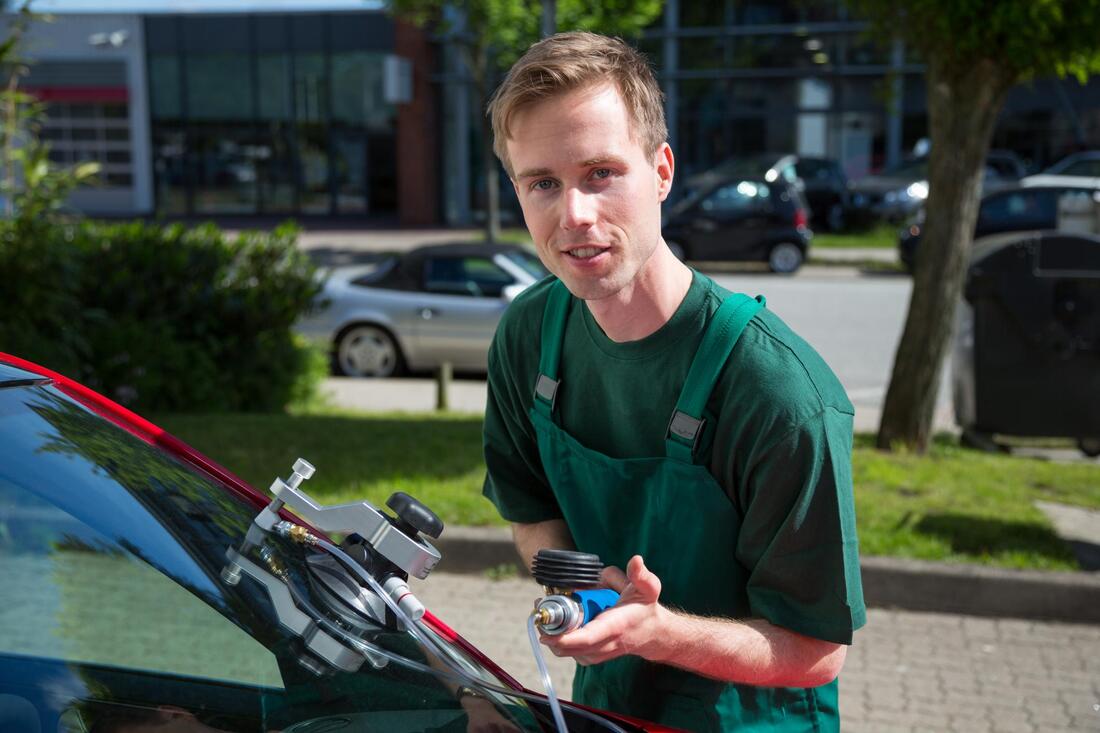What to Do if Your Window Tint Starts to Peel
Choose High-Quality Tint: When getting window tinting, always choose a reputable brand and professional installation. High-quality tint films are more durable and resistant to peeling, fading, and discoloration.
Regular Cleaning: Clean your tinted windows regularly to prevent dirt and grime buildup. However, avoid harsh chemicals, abrasive scrubbers, or sharp objects that can damage the film.
Use Sunshades: If your vehicle is frequently exposed to direct sunlight, consider using a sunshade for windshield cover to protect your windows from the intense heat and UV rays.
Park in the Shade: Whenever possible, park your vehicle in a shaded area or a garage to minimize the amount of sun exposure your windows receive.
By following these steps, you can ensure that your window tinting remains in top condition and lasts as long as possible.
 5. Prevent Future Peeling
5. Prevent Future Peeling
Once you’ve addressed the peeling issue, the best way to avoid this problem in the future is to take preventive measures. Here are some tips to extend the lifespan of your window tint:
 1. Assess the Extent of the Damage
1. Assess the Extent of the Damage
Before jumping into any repairs, it’s crucial to assess the extent of the damage. If only a small section of the tint is peeling or lifting, you may be able to fix it yourself. However, if the peeling is widespread or the film is bubbling or discolored, it may require professional attention. Carefully inspect the film for other signs of damage, such as discoloration, fading, or cracks, as these can help determine the best course of action.
Conclusion
Peeling window tinting can be a frustrating issue, but it’s not the end of the world. Whether caused by improper installation, excessive sun exposure, or natural wear and tear, there are several solutions to fix the problem. From DIY repairs to professional assistance, taking the right steps will help restore the functionality and appearance of your windows. To avoid future peeling, it’s important to invest in high-quality tint, properly care for your windows, and minimize sun damage. With the right approach, you can enjoy the benefits of window tinting without dealing with the hassle of peeling. For expert help, contact Southern Tint in Chalmette, LA at (504) 414-8250 or via email at info@southerntint.com.
Understanding Why Window Tint Peels
Before you rush into fixing the issue, it’s essential to understand why window tinting may start to peel in the first place. There are several factors at play here:
4. Decide Whether to Replace the Tint
In some cases, repairing the peeling tint may not be worthwhile, especially if the damage is extensive or if the film is aging and deteriorating. In such cases, replacing the tint entirely may be the best option. This will not only restore the appearance of your windows but also improve their functionality, such as UV protection and heat reduction.
A professional repair can involve:
Removing the Damaged Tint: A professional can carefully remove the damaged tint without causing harm to your windows or the surrounding areas. They’ll use specialized tools to remove the film and clean off any leftover adhesive residue.
Reapplying the Tint: Once the old film is removed, the technician will clean and window tinting prepare the surface before applying a new, high-quality tint. The new tint will be cut precisely to fit your windows and applied with the proper adhesive to ensure a secure bond.
Professional repairs can be costly, but they can save you from the frustration of trying to repair the damage yourself. Moreover, experts can ensure that the tint will last longer, preventing the issue from arising again.
Clean the Surface: Start by cleaning the area around the peeling film. Use a soft cloth and a mild soap solution or glass cleaner to remove any dirt, oils, or other debris. Be gentle during this process to avoid causing additional damage.
Reattach the Tint: If the film has started to peel but is still largely intact, you can use a heat gun or hairdryer to warm the edges of the tint. This will make the adhesive more pliable. Gently press the film back into place, ensuring it adheres firmly to the glass.
Apply Adhesive: If the adhesive has failed completely, you can try using a special window tint adhesive that is safe for use on tint films. Carefully apply a small amount to the area where the film has lifted, then press the film back into place. Make sure to smooth out any bubbles or wrinkles as you go along.
Trim Excess Tint: If the edges of the film have frayed or become damaged, carefully trim the excess tint using a razor blade or utility knife. Be sure to cut precisely to avoid damaging the underlying glass or leaving jagged edges.
Cure the Tint: After repositioning the film, allow the adhesive to cure for 24 to 48 hours. During this time, avoid rolling down the window or applying pressure to the film to ensure it fully adheres.
3. Consider a Professional Repair
If your window tinting is more severely damaged or if you aren’t comfortable attempting a DIY repair, it’s best to call in a professional. Tinting experts have the necessary experience, tools, and products to repair or replace your tint effectively.
